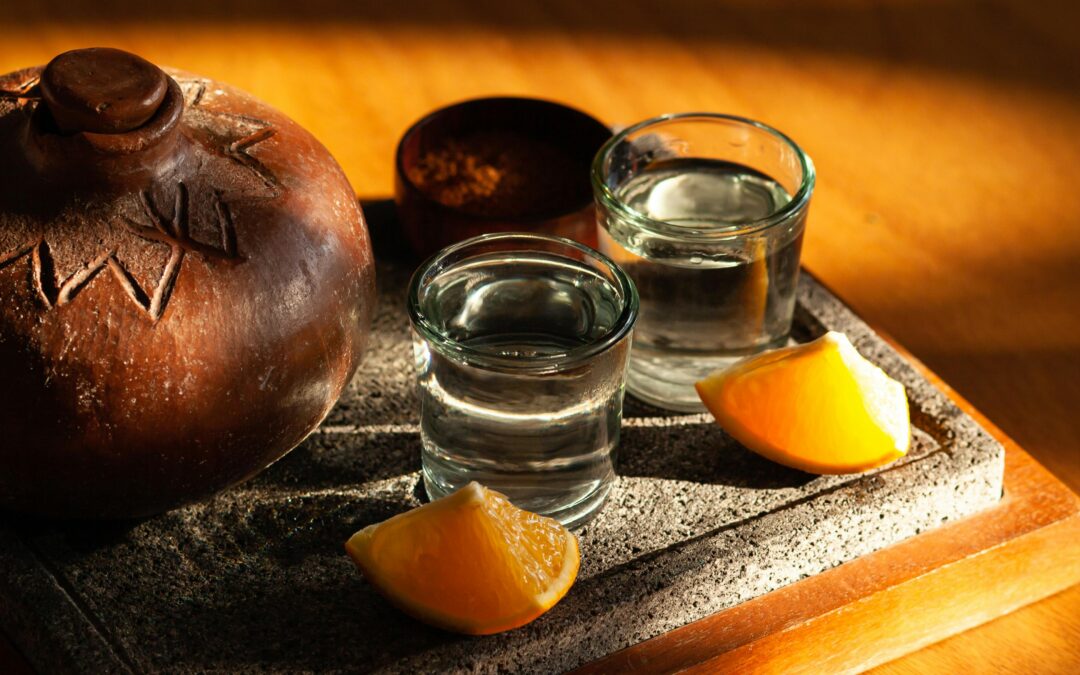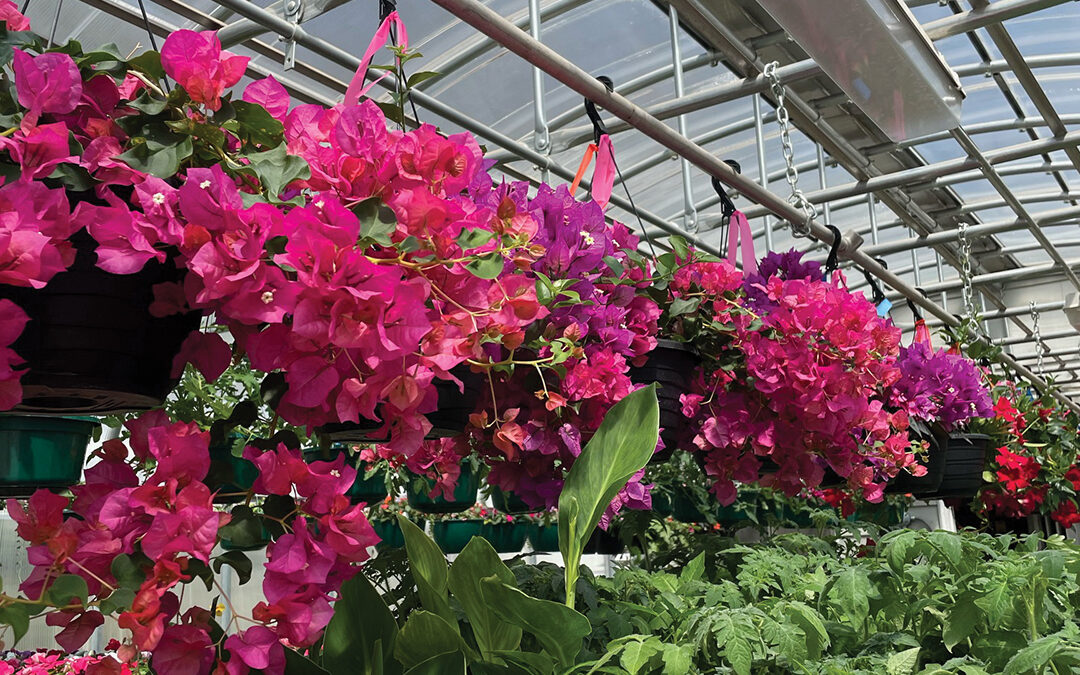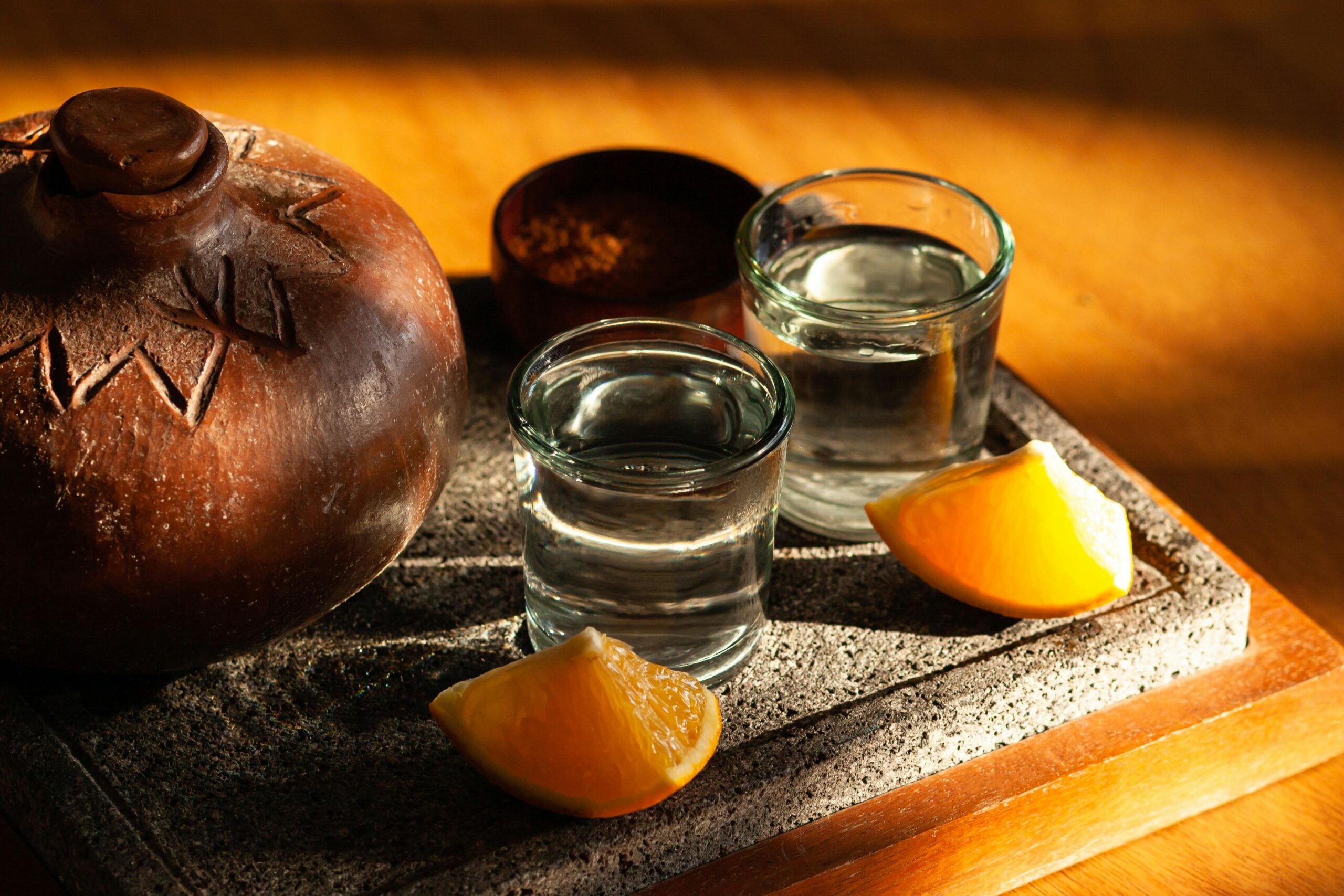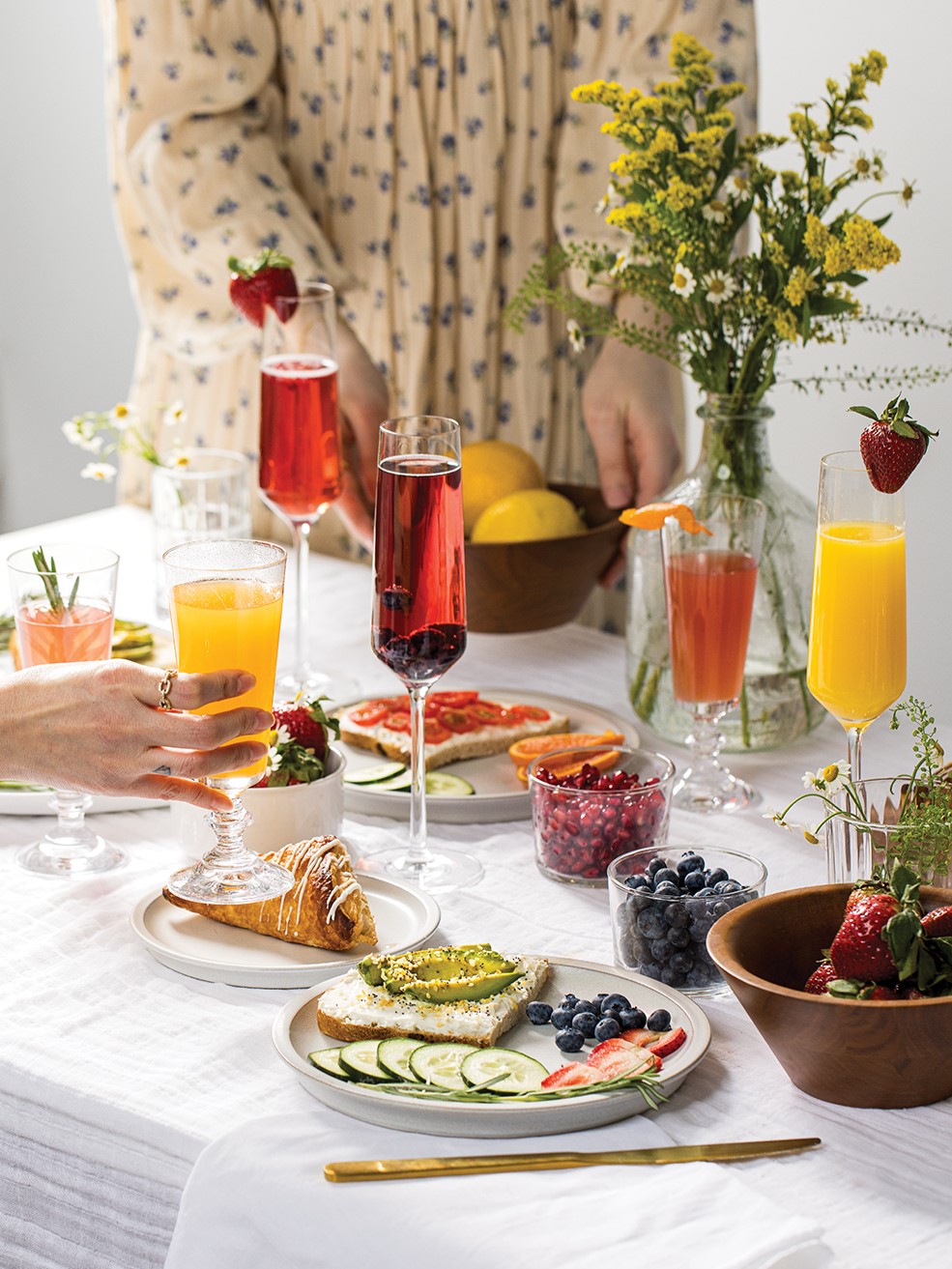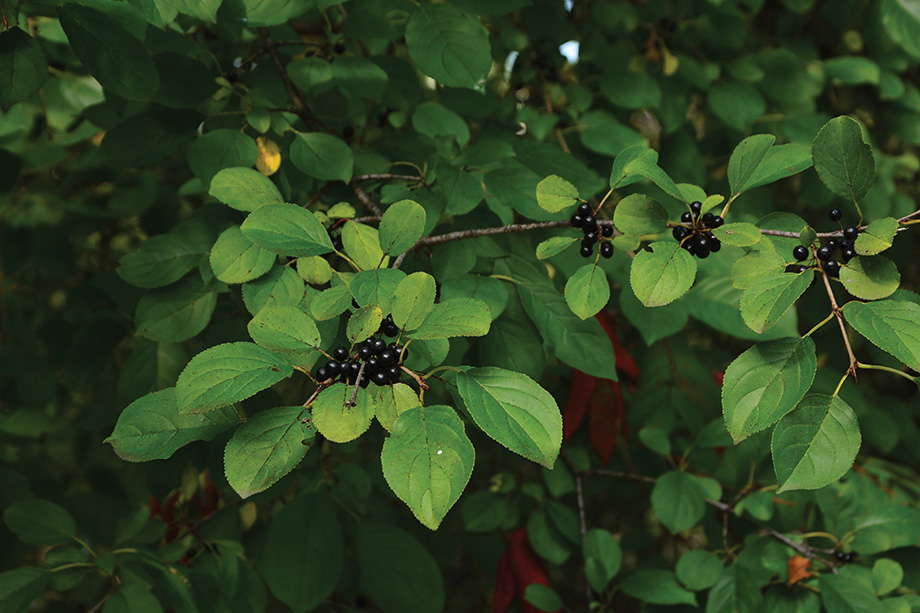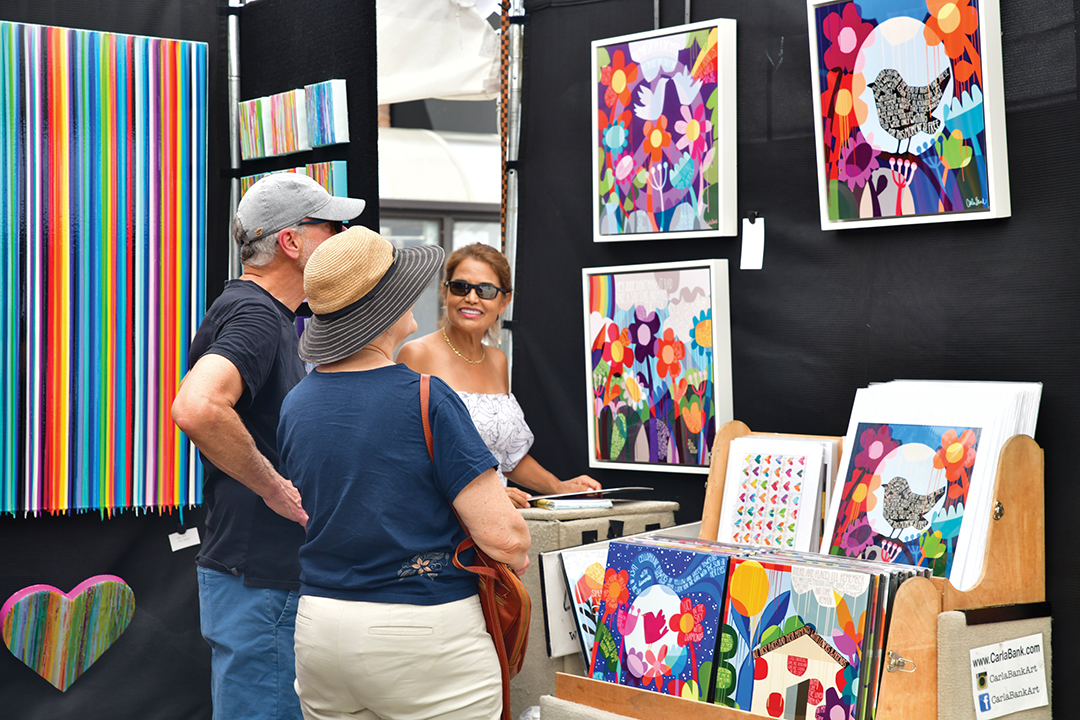
Pizzeria Lola’s The Sunnyside pizza is rich and creamy– and lets customers dip their crust in egg yolk.
The craft of making pizza à la Pizzeria Lola.
When you drive by a restaurant on a Tuesday evening and the line is streaming out the door, you know they’re doing something right. Pizzeria Lola, which has been a cornerstone of the Edina community for two years, is a hot spot for pizza enthusiasts, whether you appreciate a quality crust, have an appetite for unique toppings or simply enjoy the classic taste of a margarita. But the secret to making a perfect pizza isn’t so simple. In fact, for executive chef and owner Ann Kim, it took a lot of research, an adventurous spirit and a French oven to create the perfect pie.
The Crust
“I believe the foundation to pizza begins with crust,” explains Kim. Instead of following a traditional pizza crust recipe, Kim researched artisan bread-baking and homed in on a technique that takes two days. Just as with artisan bread, the crust at Pizzeria Lola uses a poolish (starter) that rests in the cool basement overnight before being added to the dough recipe, followed by another rising period. According to Kim, the slow rise is what makes flavorful bread. “It’s really about time and understanding that dough is a living thing,” she says. A good pizza artisan will know when to tweak the process depending on the humidity, time of year and other variables. “It’s a craft,” Kim declares.
The Oven
No one makes bread like the French, so it’s only fitting that Kim turned to a company in France to supply the wood-burning oven for her artisan pizzas. The company has been making bread ovens since the late 1800s and uses clay straight from the French quarries, so Kim was eager to bring one of their authentic bread-baking ovens to Minnesota.
But that was no easy feat. The oven was shipped in five different pallets and took four days to assemble. Then Kim had an artist design a copper façade to wrap around the oven. Now the French oven is the visual centerpiece of the restaurant and a key component in the pizza-making process. “The oven is essential because it’s the heat and energy source of almost everything we cook,” explains Kim. Besides pizzas, she uses the residual heat to pre-roast vegetables, finish off meatballs and heat the entire restaurant in the winter. But since there’s no temperature gauge or quick way to control the heat, it takes a real craftsman to work the oven, adding and decreasing logs when needed.
The Toppings
“People have been topping flatbreads for centuries,” says Kim. “It’s a natural vehicle for toppings; you can put anything on crust as long as it tastes good.” But Kim has a knack for creating topping combinations that not only taste good but also encourage even the pickiest eater to be courageous.
The Sunnyside, which is finished off with two sunny-side eggs, initially strikes customers as odd, but “everyone who tries it adores that pizza,” remarks Kim. “It’s rich and creamy, and you have crust to dip in the egg yolk,” she explains. The Lady ZaZa, which Kim describes as her most unusual pizza, uses Korean sausage and house-made kimchee from her mother’s recipe. The Octoberfest is topped with sauerkraut and is a fall favorite, while root veggies and mashed potatoes are the highlight of her winter Pot Roast pizza.
Kim’s goal is to take pizza, which is seemingly simple and rustic, and take it to the next level. “I focus on how to make it extraordinary,” she says. Besides creating unique combinations of toppings for that elevated palate, Kim researches all ingredients extensively “with taste and integrity in mind.” Sometimes they’re imported, like the Sicilian oregano dried on the vine, and sometimes they’re local and organic, like the goat cheese or seasonal produce. “I really think it makes a difference,” she says. “It’s all about the details that make the entire experience.”
DIY Artisan Pizzas: Tips from Ann Kim
- Use a hot oven and cook directly on a preheated pizza stone (2 hours of preheating is ideal).
- Make your own dough and consider trying an artisan bread-making method.
- Don’t overwork the dough, otherwise the glutens will get tight; less is more.
- Add a bit of sugar or oil to the recipe to help with the browning.
- Use no more than three toppings.
- Recommended reading: American Pie by Peter Reinhart.
- Have fun, get creative.


